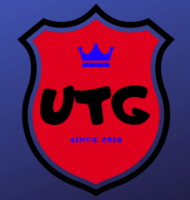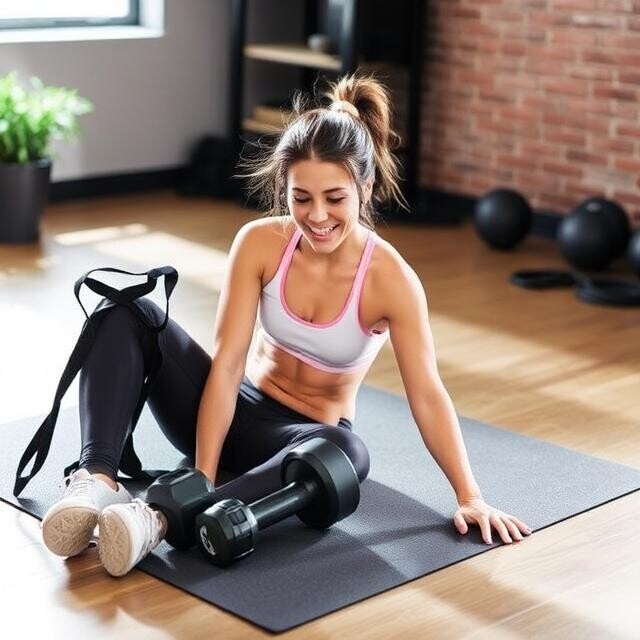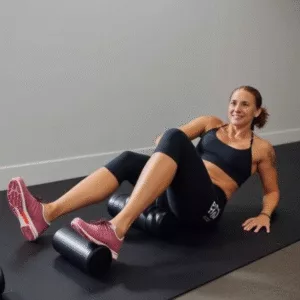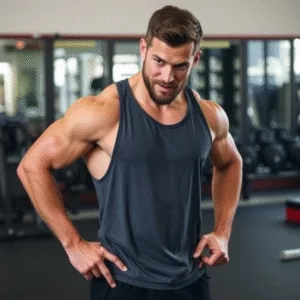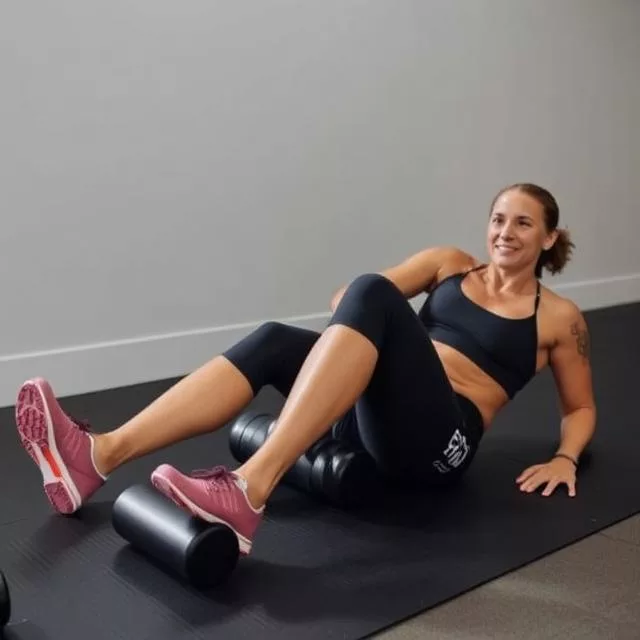
When you start using the best recovery tools for athletes your whole training regime gets a major boost. There’ll be a noticeable difference in your performance, your rate of recovery will be improved.
There’s no doubt, adding recovery tools to your workout regime will aid every training session going forward. To find out what you’ve been missing out on, please read on.
Best Recovery Tools For Athletes
Elevate Your Performance With Smarter Recovery
Recovery isn’t just a breather after a tough workout, it’s a crucial phase where your body repairs, adapts, and strengthens. Whether you’re training for competition or personal milestones, skipping proper recovery can cost you progress, motivation, and even your physical health.
Muscle fibres break down during intense activity. Without the right tools and strategies, fatigue builds, injuries creep in, and performance dips. That’s why every serious athlete, amateur or pro, needs to master the art of recovery.
Let’s dive into the best recovery tools for athletes and how integrating them into your routine can help you perform better, train smarter, and stay injury-free.
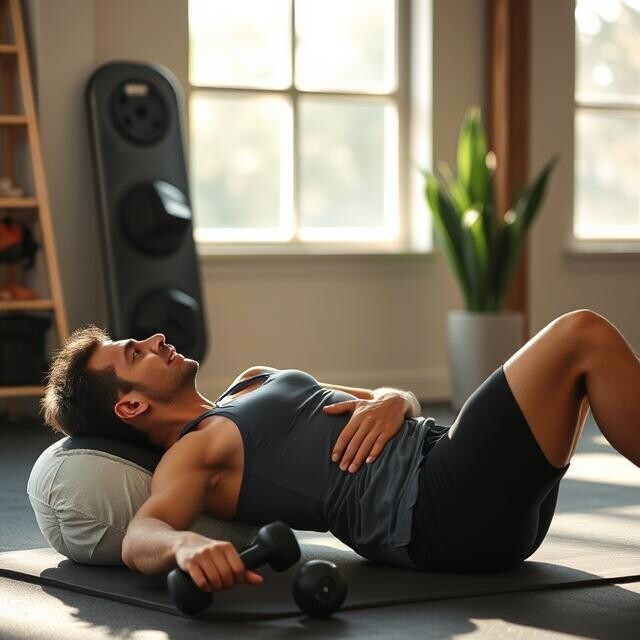
Why Recovery Is Just as Important as Training
Physical Rebuild = Performance Gains
Recovery isn’t a sign of weakness, it’s where the magic happens. When you rest, your muscle tissues rebuild stronger, glycogen stores are replenished, and inflammation reduces. Skipping it doesn’t just stall growth, it increases the risk of overtraining, injury, and long-term burnout.
Mental Recovery – A Hidden Power Tool
Recovery also plays a major role in mental health and athletic identity. Sleep, downtime, and self-care reset your nervous system and recharge motivation. Studies show that athletes with well-rounded recovery practices are more focused, emotionally stable, and resilient to pressure.
Top Recovery Tools for Athletes – What Works and Why
Foam Rollers and Massage Guns – Self-Myofascial Release Champions
Simple yet powerful, foam rollers and massage guns help release tension, increase blood flow, and reduce delayed onset muscle soreness (DOMS). Use them post-workout or during rest days to improve flexibility and accelerate healing.
Foam roller tip: Spend at least 1–2 minutes on tight areas, rolling slowly and with controlled pressure.
Massage gun tip: Use pre-workout to activate muscles and post-workout to aid recovery, stick to 30–60 seconds per muscle group.
Cold and Heat Therapy – Timing Is Everything
Cold therapy (ice baths, cold packs) reduces inflammation and numbs soreness, perfect after high-intensity training or injury.
Heat therapy (saunas, heat pads) promotes blood flow and loosens stiff joints, ideal before workouts or on recovery days.
Using the right method at the right time is key:
- Use cold within 24 hours of strenuous activity
- Use heat to prep or soothe muscle tightness on rest days
Wearable Tech – Recovery Metrics at Your Fingertips
Smartwatches, sleep trackers, and recovery apps give you data-driven insights into your rest cycles, HRV (heart rate variability), and stress levels. Many elite athletes use wearables to fine-tune training loads and prevent overtraining.
Popular options include:
- WHOOP Strap
- Oura Ring
- Garmin and Apple Watch Recovery Features
These tools help answer the question: Am I ready to train today or should I take a step back?
Nutrition and Hydration – Internal Recovery Fuel
No tool can replace solid nutrition. Muscle recovery depends heavily on:
- Protein for muscle repair
- Electrolytes and hydration to prevent cramps and fatigue
- Omega-3s and antioxidants to reduce inflammation
Supplements like BCAAs, magnesium, and collagen peptides can further support repair, especially when timed correctly post-workout.
Advanced Recovery Tools for Athletes – Pushing the Limits
Compression Boots and Recovery Pants
Devices like Normatec and Therabody Recovery Air use dynamic compression to increase circulation and reduce swelling. Ideal for runners, cyclists, and anyone logging serious training volume.
Hyperbaric Oxygen Therapy (HBOT)
Used by pro athletes and recovery clinics, HBOT boosts oxygen delivery to damaged tissues, accelerating healing. Though it requires special equipment or clinic access, it’s gaining traction for treating injuries and enhancing recovery speed.
Infrared Saunas and Red Light Therapy
These modern tools support cellular repair, reduce inflammation, and improve sleep quality, an underrated but critical component of recovery.
How to Use the Best Recovery Tools for Athletes Effectively
Customize Based on Your Training Load
Recovery isn’t one-size-fits-all. Tailor your tools based on your sport, intensity level, and training cycle. A sprinter may need more cold therapy and stretching, while a Cross Fitter might benefit from compression and massage tech.
Combine Active and Passive Recovery
Create a well-rounded plan with both:
- Active recovery: Low-intensity movement like yoga, walking, or mobility flows
- Passive recovery: Sleep, massage tools, sauna, and nutrition
Balance is everything, overusing tools without listening to your body can backfire.
Best Recovery Tools For Athletes – Tracking Progress
Don’t just hope you’re recovering well, track it.
- Keep a training and recovery log
- Monitor soreness, sleep quality, and energy levels
- Use wearable data for HRV, sleep stages, and recovery scores
If, your numbers dip or you feel sluggish despite using tools, it’s a signal to re-evaluate.
Real-World Inspiration – Athletes Who Swear by Recovery
Elite athletes like LeBron James, Simone Biles, and Cristiano Ronaldo openly share their recovery regimens, from cryotherapy and sleep tracking to meticulous hydration. What works for them may not be accessible to everyone, but their dedication proves recovery is non-negotiable at the highest level.
Even weekend warriors can learn from the pros by embracing consistency, curiosity, and data-backed decision-making.
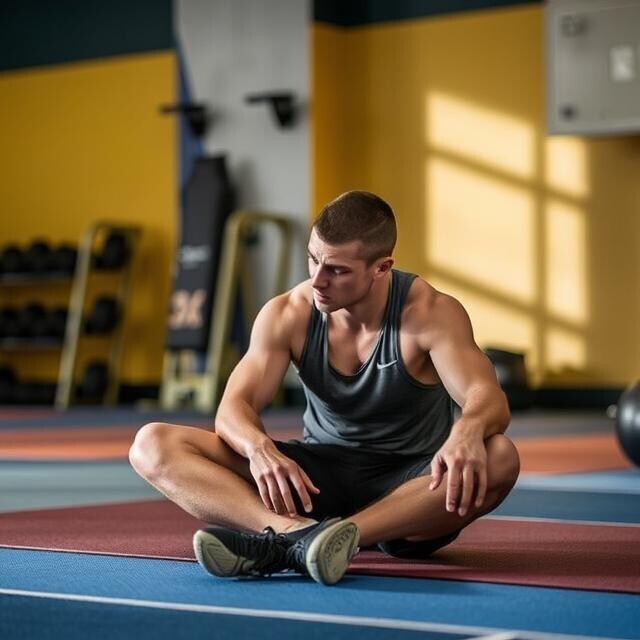
Mistakes to Avoid With Recovery Tools
- Chasing trends over results: Not every flashy gadget is worth the hype
- Neglecting sleep: No tool can replace 7–9 hours of quality sleep
- Ignoring your body’s signals: Recovery is personal, don’t force what doesn’t feel right
- Over-relying on passive methods: Active recovery is just as important
Final Thoughts – Best Recovery Tools for Athletes
The best recovery tools for athletes aren’t just for show, they’re essential parts of any serious training plan. From simple foam rollers to high-tech wearables, each tool has its role. But the key is using them intentionally, listening to your body, and consistently adapting as you grow.
Recovery isn’t optional, it’s your secret weapon. I look forward to hearing how this post has improved your workouts. Please leave your replies below.
Ultimate Training Gear
